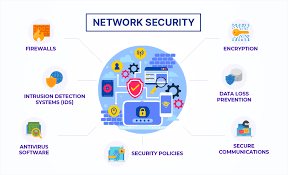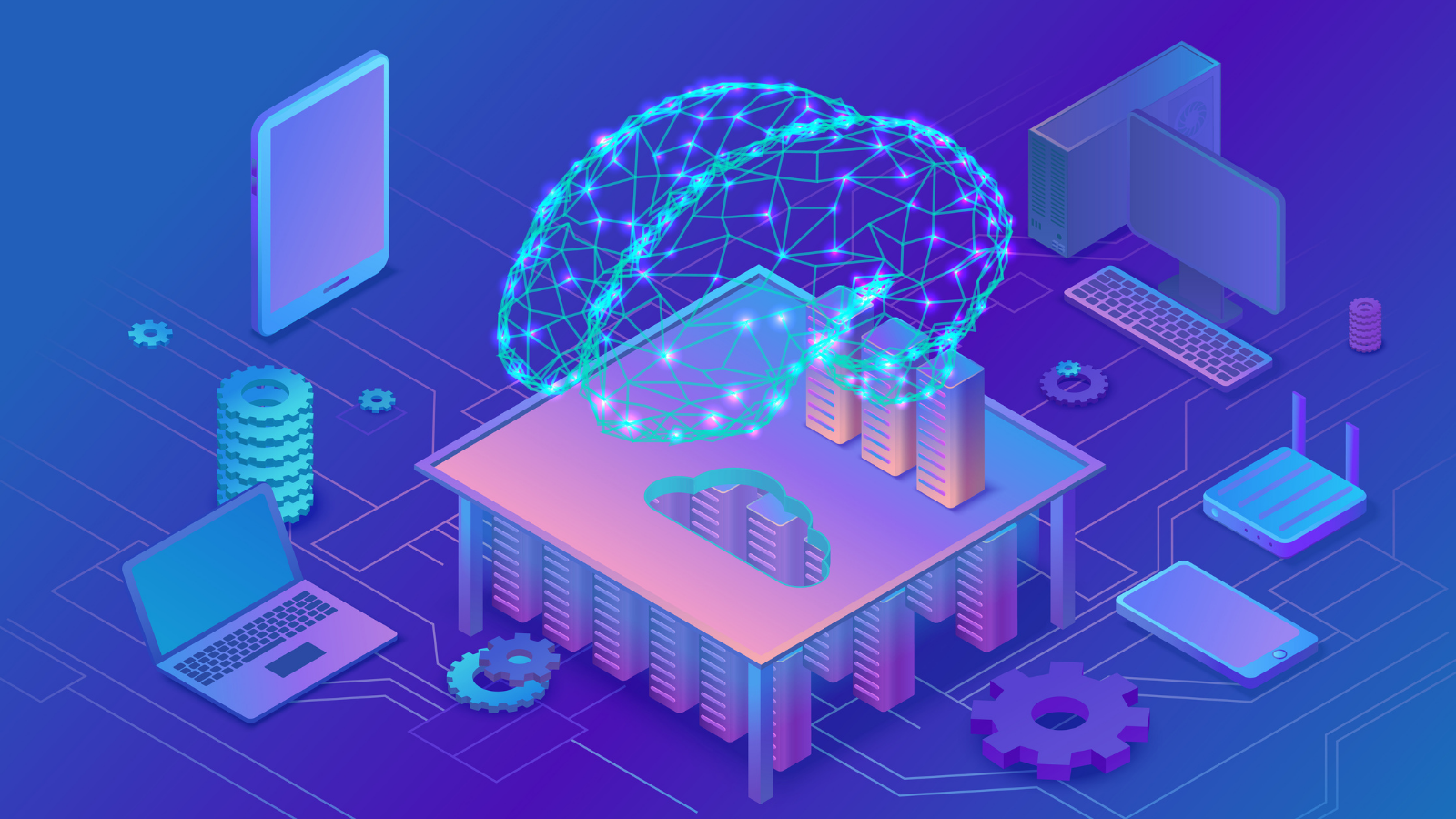

Organizations collect personal data to improve services, but this can lead to serious privacy risks. Storing vast amounts of data increases the likelihood of data breaches and unauthorized access. Despite companies implementing security measures such as encryption and multi-factor authentication, vulnerabilities still exist. Many organizations track user activity, collect browsing history, and gather personal details, sometimes without explicit user consent. Users should be cautious about sharing their personal data online and understand the privacy policies of the platforms they use. Implementing stricter regulations and corporate responsibility can help mitigate these risks.


Computers and networks are often misused for malicious activities such as deploying malware, stealing sensitive information, and engaging in illegal activities. Hackers and malicious actors exploit system weaknesses to gain unauthorized access. Insider threats, such as employees misusing company resources, also pose significant risks. Preventative measures such as firewalls, antivirus software, and intrusion detection systems help secure computing environments. Regular software updates, employee cybersecurity training, and strict access control policies further reduce potential threats. Avoiding suspicious downloads and verifying sources of emails and files can also protect against security risks.


Unauthorized access occurs when individuals gain entry into systems or networks without permission, often leading to data theft and security breaches. Hackers use methods such as phishing, brute force attacks, and exploiting software vulnerabilities to infiltrate systems. Once inside, they can steal sensitive information, manipulate data, or disrupt operations. To combat this, organizations employ strong authentication practices, such as multi-factor authentication, to verify user identities. Encryption is another key strategy used to protect data from unauthorized users. Awareness campaigns and cybersecurity training help individuals recognize and prevent phishing attempts.


Advancements in computing technology have revolutionized many aspects of daily life, from communication to automation. However, these innovations also introduce new risks. Artificial intelligence, cloud computing, and smart devices enhance efficiency but may compromise privacy. Data breaches, unauthorized data collection, and cybersecurity threats continue to rise as technology evolves. While companies benefit from data-driven decision-making and automation, consumers must remain vigilant about protecting their personal information. Striking a balance between innovation and security is essential to ensure that technological advancements remain beneficial rather than harmful.

